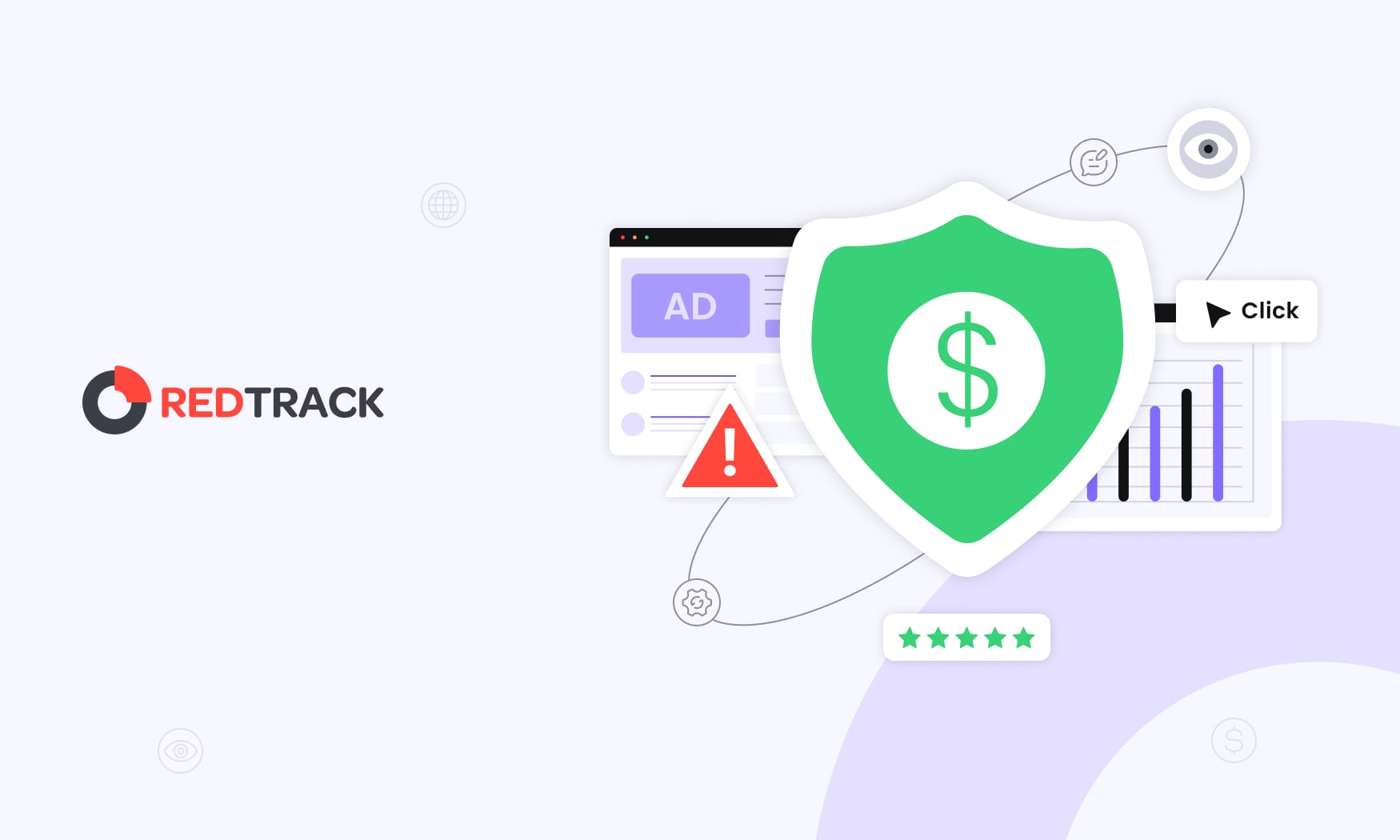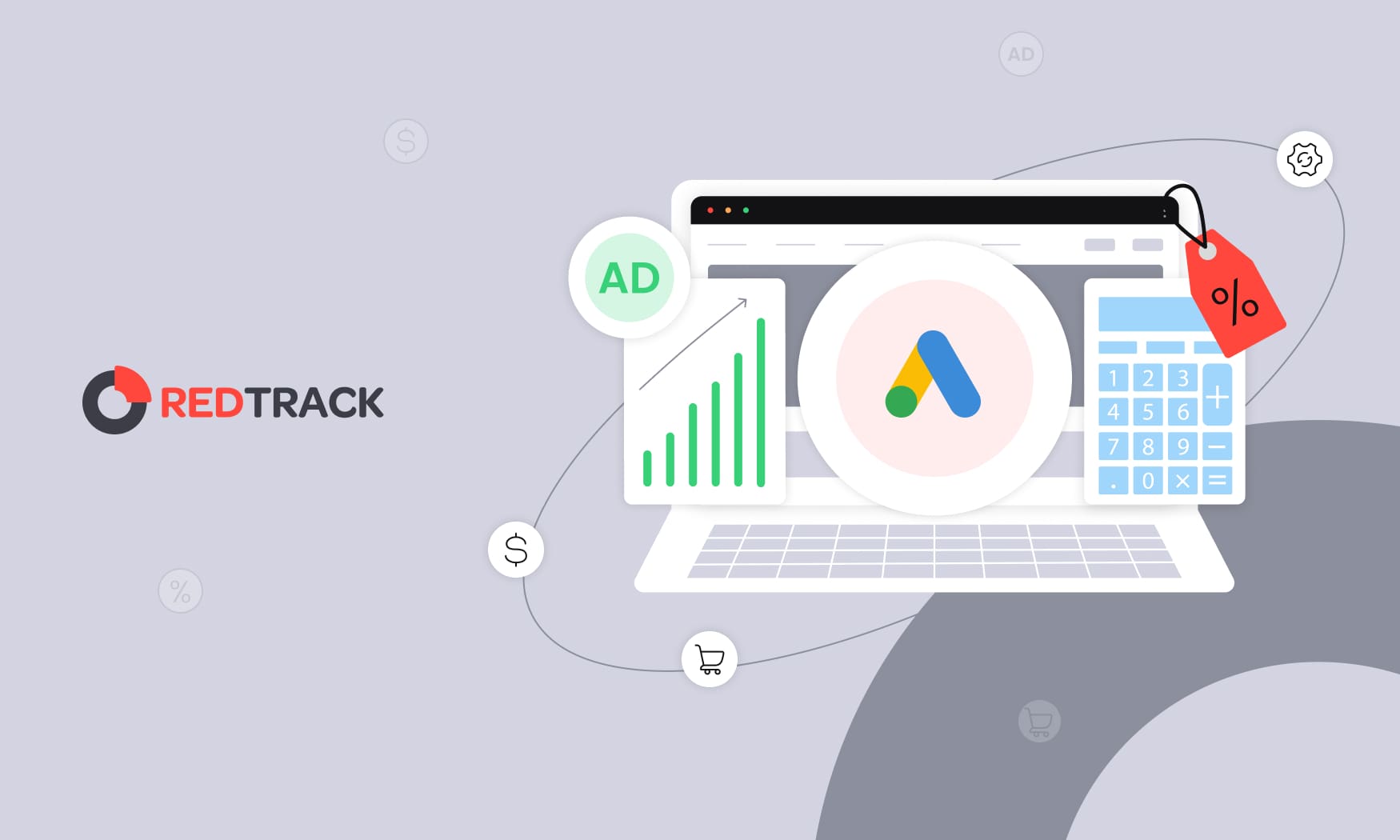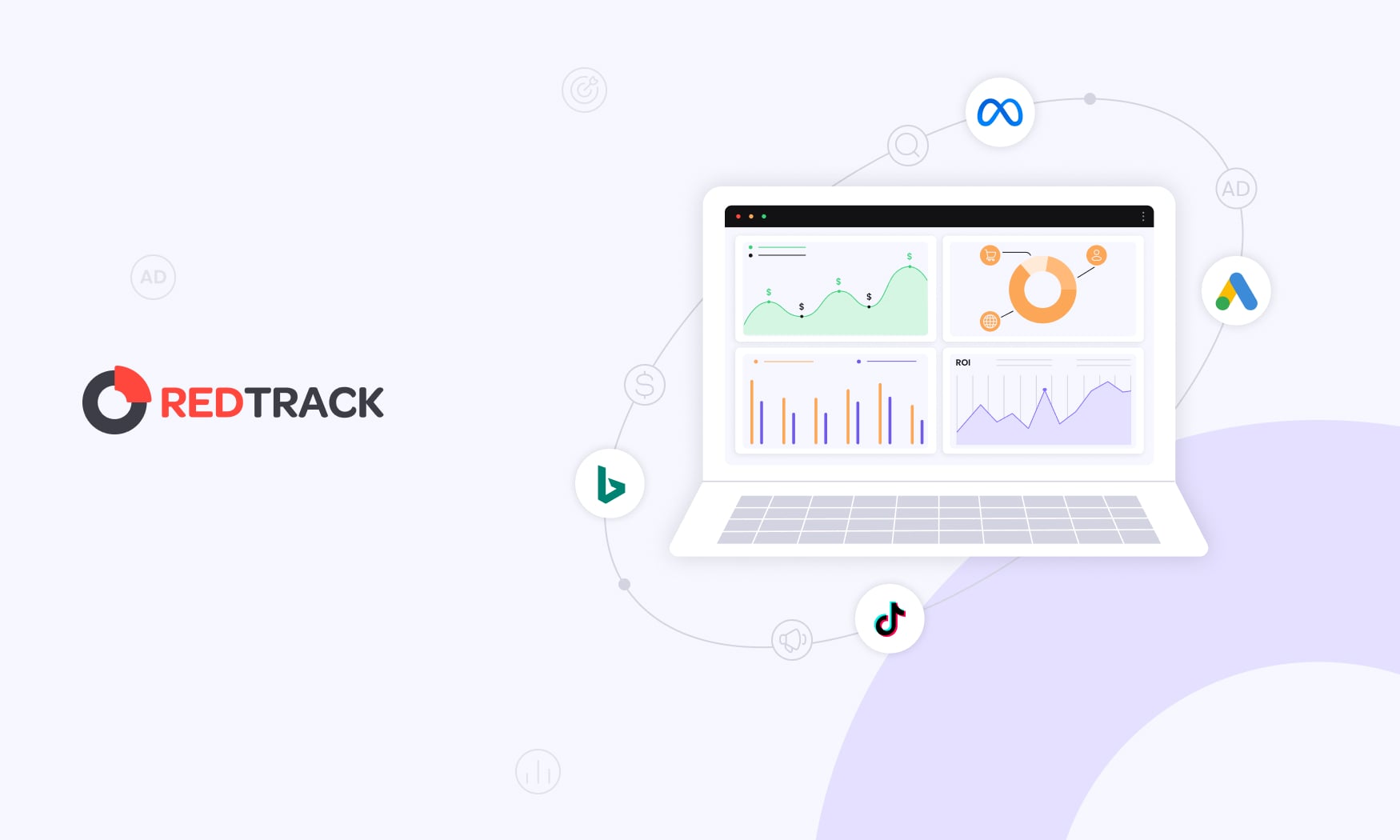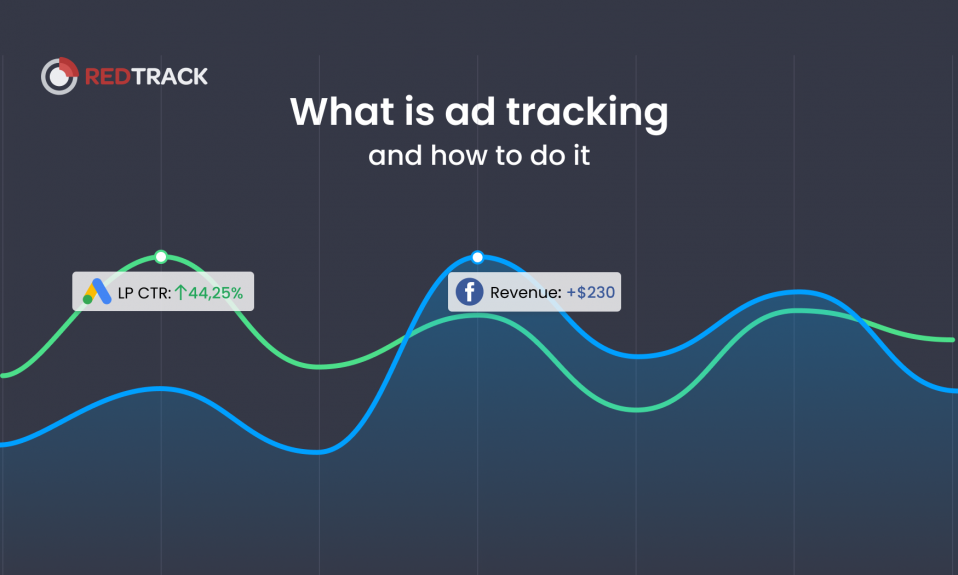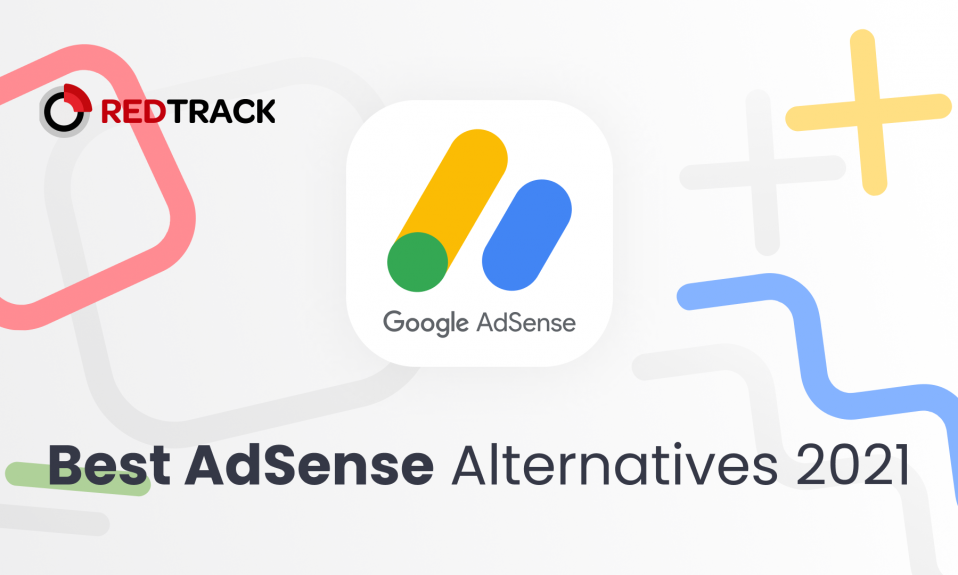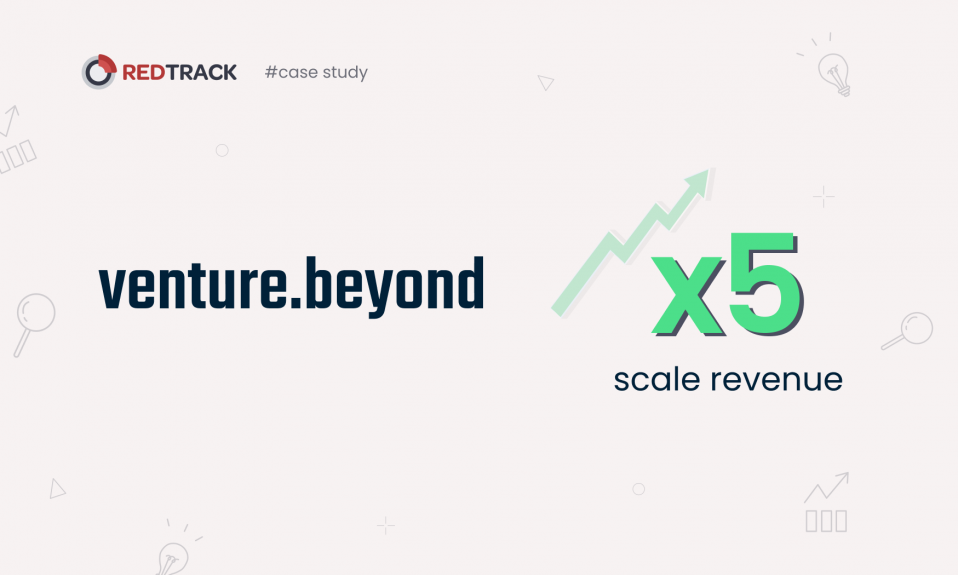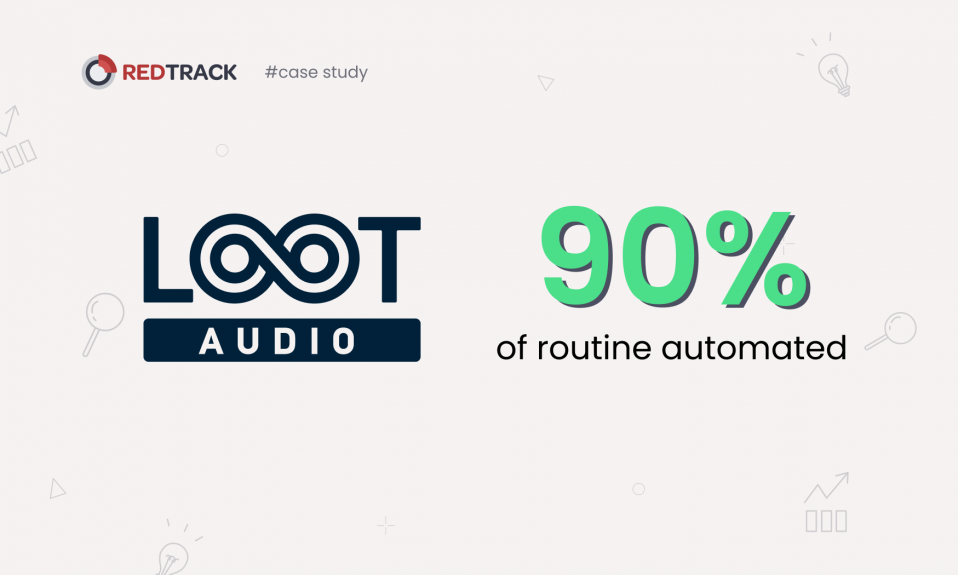
You can spend hours on a single ad campaign, or you can spend just a few minutes. It all depends on the method you choose. With traditional ad management methods, you’ve got to do everything manually (from planning to creation and tracking).
Now, think of how much time you’ll save if you automate the entire process with an ad management tool. But how do you know the right option for your online business?
Let’s review the 12 best advertising management software in 2025 based on their features, ratings (out of five stars), and pros and cons.
1. RedTrack
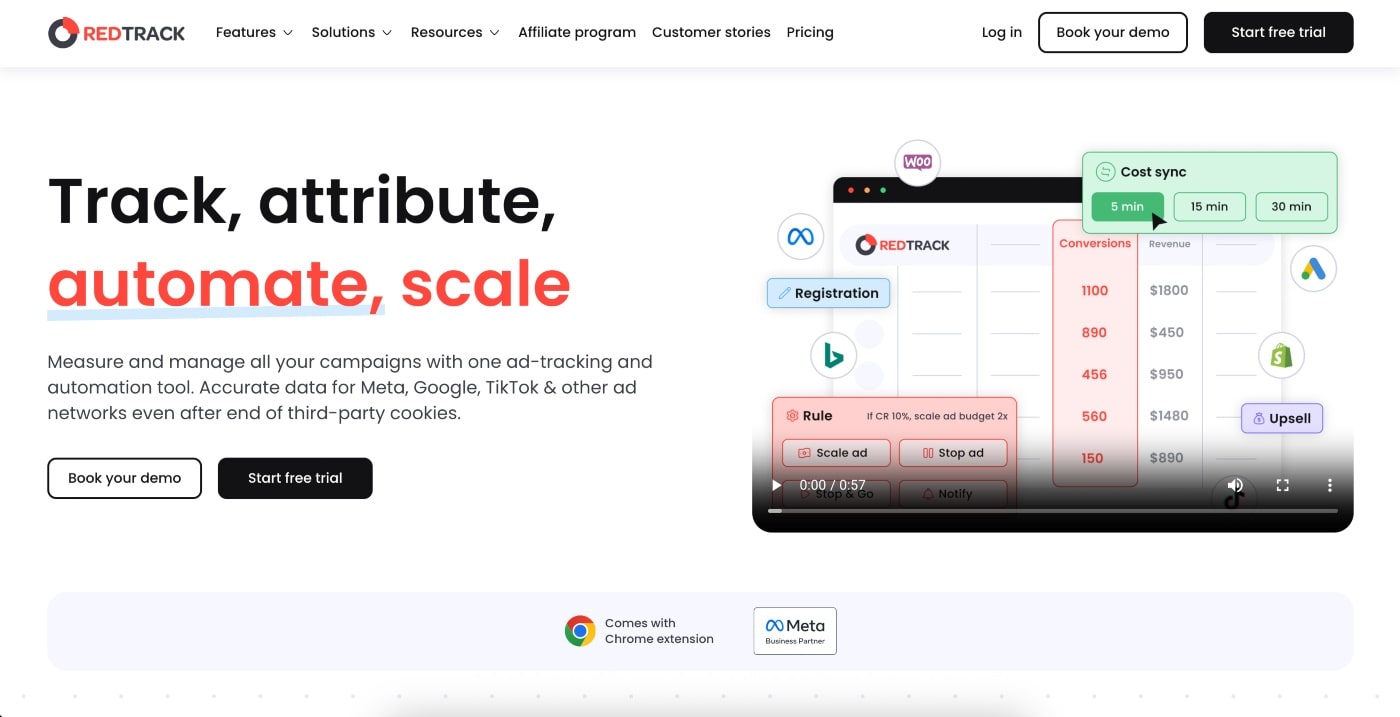
G2 Rating: 4.1
Capterra Rating: 5.0
Do we really have the audacity to pitch ourselves first?! Damn right we do, and it’s for a reason! Let us explain:
RedTrack is basically your bread and butter when it comes to advertising management software, especially if you’re a performance marketer, affiliate, or ecommerce brand owner who invests heavily in paid traffic.
While most tools barely scratch the surface with their basic campaign tracking (and trust me, you’ve probably been there), RedTrack brings you a fully integrated suite that handles tracking, attribution, optimization, and automation, all rolled into one neat package.
What really sets RedTrack apart from the crowd is its independence and precision.
You know how Google Ads or Facebook Ads Manager can be a bit biased when reporting their own attribution?
Well, RedTrack cuts through all that noise and gives you a unified, unbiased view across every single channel you’re running.
Whether you’re juggling campaigns on Google, Meta, TikTok, affiliate networks, or working with influencers, RedTrack keeps tabs on every click, conversion, and dollar spent with accuracy that’s pretty much unmatched, thanks to server-side tracking and those deep API integrations that actually work.
It also supports advanced, customizable attribution models that let you really understand the full customer journey – not just that last click everyone obsesses over. This means you can allocate your budget based on what’s actually performing, rather than playing the guessing game we’ve all been stuck with before.
For ecommerce businesses, especially if you’re running on Shopify or WooCommerce, RedTrack becomes absolutely irreplaceable.
It eliminates those annoying data discrepancies that keep you up at night, helps you scale the campaigns that are actually winning, and makes sure no conversion slips through the cracks, no matter what privacy regulations or tracking limitations get thrown your way.
Affiliate marketers absolutely love RedTrack for its seamless offer tracking, partner management, and those smart rules that basically automate your optimization for you. Media buyers rely on it like their morning coffee to avoid wasted spend and boost ROAS with data they can actually trust and act on.
Bottom line: RedTrack isn’t just another tracking tool sitting in your tech stack. It’s more like your control center for performance marketing. If you want real results from every dollar of your advertising budget (and who doesn’t?), RedTrack is the only platform that gives you full visibility, real-time data, and automation tools that help you scale profitably without losing your sanity.
Don’t take our word for it – try it for yourself or let us show you how it works!
2. Influ2
G2 Rating: 4.6
Capterra Rating: 4.9
Influ2 is the world’s first contact-level campaign management software. It tells you who saw your ad, and the best part is they don’t even have to fill out a lead form. Once you have this info, you can tailor your ads to the unique journey of new leads and guide them through the sales funnel. With this level of personalization, it’s not surprising that Influ2 has near-perfect ratings on all review platforms.
Influ2 is ideal for marketing teams that want to reach named buyers with their ad creatives.
Pros:
- Contact-level ad tracking (see who’s viewing your ads in real time)
- CRM data syncing using marketing software like HubSpot and Salesforce
- Buyer-journey mapping so your ad creatives stay relevant
- Reliance on first-party data for accurate marketing attribution
Cons:
- Low match rates for EMEA audiences
- Limited CRM integrations
- Not enough onboarding materials
Pricing: Book a 30-minute demo to know how much Influ2 costs.
3. StackAdapt
G2 Rating: 4.8
Capterra Rating: 4.3
StackAdapt is a programmatic advertising platform that makes it easy to plan, create, and manage digital campaigns. It bridges the gap between campaigns and conversions and leverages intelligent customer targeting to help you reach the right audience.
While most ad management platforms limit your reach to social media platforms, StackAdapt takes it one step further. It takes your ads to your target audience wherever they are, whether via TV, email campaigns, or even in the middle of their favorite games.
StackAdapt is designed to help advertisers and marketers achieve their campaign goals across as many channels as possible.
Pros:
- Real-time analytics for campaign optimization
- Full-funnel campaign management from one dashboard
- Use of first-party data for precise audience targeting
- Omnichannel campaign execution
- AI-driven ad personalization and audience targeting automation
Cons:
- Unintuitive campaign dashboard
- Limited reporting capabilities
Pricing: Contact the sales team for personalized pricing.
4. Smartly
G2 Rating: 4.4
Capterra Rating: 4.5
Smartly is where AI meets advertising. With this performance marketing tool, you can create and manage ad campaigns across your favorite social media platforms, including TikTok, Snapchat, and Meta apps. And while you’re at it, you can streamline every step of the process with AI, from ad creation to performance tracking.
Smartly is built for advertisers and agency teams that rely heavily on social media to increase their reach. Plus, if you’re looking to innovate your digital marketing efforts and reach potential customers using artificial intelligence, this smart tool comes highly recommended.
Pros:
- Bulk ad creation using templates and creative automation
- Unified campaign dashboard
- AI-powered task automation
- A/B testing capabilities for ad creatives, audiences, and marketing strategies
- Expert technical support and lots of help resources
Cons:
- Slow website performance
- Bugs within the Facebook API
- Occasional video upload glitches
Pricing: Contact the sales team for a custom quote.
5. HubSpot Ads Software
G2 Rating: 4.4
Capterra Rating: 4.5
HubSpot is most popular as a CRM platform, with over 10,800 companies using it. And, its ad management services are just as valuable for businesses. It lets you create personalized ads, track performance, and optimize your campaigns across multiple platforms. Also, HubSpot Ads Software gathers data from your CRM, making it a lot easier to measure your return on investment (ROI) on each campaign.
HubSpot Ads Software is best for businesses that are already using HubSpot’s CRM since it integrates seamlessly to provide customer insights.
Pros:
- Ad platform integrations (Facebook, Instagram, Google, and LinkedIn)
- CRM-based customer targeting
- Lead follow-up automation
- ROI and attribution reporting at every stage of the buyer journey
Cons:
- High monthly fees for advanced features
- Campaign reach is limited to only four platforms
Pricing: HubSpot Ads is free for up to two users. Anything more, and you’ll need to upgrade to the Starter Customer Platform, which costs $15 per month for each user.
6. Celtra
G2 Rating: 4.4
Capterra Rating: 4.4
Celtra streamlines ad creation, management, and distribution across multiple channels. Plus, you can collaborate with internal (and external) team members to get everyone on the same page concerning strategy, visual assets, and your campaign as a whole.
Don’t have an in-house design team for ad creatives? Celtra saves the day, and you don’t even need any design experience. Just choose a template and launch your campaign across any channel.
Celtra is a top-rated digital advertising management software for marketing leaders who want to scale online campaigns with ease.
Pros:
- AI-powered ad creation (generate ad creatives in just a few clicks)
- Performance-driven insights
- Gallery of on-brand ad templates
- Intuitive, drag-and-drop ad builder
- Detailed reports on production efficiency and creative asset usage
Cons:
- Too expensive for SMBs
- Slow-loading dashboard when pulling performance data
- Delayed customer support
Pricing: Contact Celtra for a custom quote.
7. HootSuite Ads
G2 Rating: 4.2
Capterra Rating: 4.5
You already know HootSuite as a tool that makes social media management easy. It automates pretty much everything, from writing and scheduling posts to messaging and social listening.
However, HootSuite provides even more value as an ad management tool. Whether you create campaigns in HootSuite or in the ad manager of a social media platform, HootSuite lets you view and manage them in one place.
HootSuite Ads Manager is built for social media marketers and advertising agencies that rely on both organic and paid social strategies to build their online presence.
Pros:
- Support for 150+ platforms, including all the major social networks
- Brand conversation monitoring through social listening
- Team task management made easy
- Cross-channel ad scheduling without leaving HootSuite
- In-depth reports of what’s working and what’s not
Cons:
- No option to restore archived or deleted ad campaigns
- Overpriced for a small business
- Less intuitive on mobile devices, compared to the desktop version
Pricing: HootSuite offers a 30-day free trial, with paid plans starting at $149/user per month.
8. Google Ad Manager
G2 Rating: 4.2
Capterra Rating: 4.4
Google Ad Manager lets you manage your marketing campaigns from one integrated platform. However, like most platforms, you’ll need to spend time understanding how it works. Once you get past the initial setup complexity, you can start monetizing your content across every screen.
Google Ad Manager is a great advertising management tool for businesses that want to take control of all their ad sales.
Pros:
- Advanced audience targeting features
- Support for dynamic ad formats (video, native, and custom)
- Seamless integration with analytics tools like Google Analytics and BigQuery
- Unified dashboard for ad performance monitoring and resource management
- Direct ad bookings to lock in revenue
Cons:
- Delayed response from customer support
- Learning curve for new users due to numerous features
- Workflow disruption resulting from regular user interface (UI) updates
Pricing: Google Ad Manager is available for free.
9. Meta Ads Manager
G2 Rating: 4.2
Capterra Rating: 4.4
Formerly called Facebook Ads Manager, Meta Ads Manager is a core component of the Meta Business Suite. This easy-to-use tool lets you create, manage, and optimize ads across Facebook’s family of apps (Messenger, Instagram, and Audience Network). You can set campaign objectives, target specific audiences, and track performance based on key metrics.
Meta Ads Manager is a great campaign management software for businesses that want to run ad campaigns across Meta’s platforms without the need for third-party software.
Pros:
- Multiple ad formats (videos, images, and carousels)
- Cost-effective solution, compared to other ad management tools
- Mobile app availability for both Android and iOS
- Real-time insights into key performance metrics
Cons:
- Meta Advantage+ may lead to broader audience targeting, reducing campaign effectiveness
- Slow customer support
Pricing: Meta Ads Manager is free to use.
10. WASK
G2 Rating: 4.3
Capterra Rating: 4.3
WASK is all about maximizing ad performance using automation and AI-driven analytics. One of its selling points is its design tool. Instead of using complex graphic design tools or hiring a designer, you can whip up a captivating ad creative using WASK. From image generation (or redesign) to ad creation and performance monitoring, WASK saves you several hours of manual effort.
WASK is the ideal ad management tool for marketers, agencies, and enterprises looking to streamline digital advertising using automated solutions.
Pros:
- Built-in A/B testing capabilities
- Generative AI for ad creatives (simply enter your product URL or write an image prompt and let AI do the rest)
- Competitor ad analysis
- Customer support via live chat
Cons:
- Limited audience targeting
- Insufficient image design templates
- Confusing Autopilot features (especially for new users)
Pricing: Paid plans start at $25 per month, with a 14-day free trial.
11. Sprinklr
G2 Rating: 4.0
Capterra Rating: 4.2
Sprinklr is a cloud-based customer experience management (CXM) system that helps businesses enhance their customer interactions. It offers social automation, social listening, website management, and of course, social campaign management solutions.
When it comes to ad management, Sprinklr provides advanced filtering options and consolidates your campaign performance in one place. However, to access these features, you’ll need to enable Sprinklr Marketing in your dashboard.
Sprinklr Ad Manager is built for enterprises that want to manage large-scale advertising campaigns across multiple platforms.
Pros:
- Campaign configuration, customization, and advanced filtering tools
- Bulk campaign editing functionality
- Internal team collaboration
- Automated Ads Activity Logs for tracking and auditing campaign changes
Cons:
- High cost for startups, individuals, and small businesses
- Limited integration with third-party tools
- Steep learning curve and a complex user interface
- Slow-loading dashboard when managing large data sets
Pricing: Contact the sales team for custom pricing.
12. AdRoll
G2 Rating: 4.0
Capterra Rating: 4.0
AdRoll is a performance marketing platform that focuses on helping you optimize your entire marketing strategy. With its ad management solution, you can run campaigns across different channels at each stage of the customer journey. One thing that makes AdRoll stand out is that even though it’s big on automation, you still have full control over the entire process of creating, managing, and tracking ads.
AdRoll comes through for ecommerce, non-profit, and finance brands that want to reach the right audience through advanced AI and machine learning.
Pros:
- Advanced attribution tools for campaign optimization
- Full control over ad creatives and targeting (through ad groups, geo, and segments)
- Real-time insights via the AdRoll Attribution Dashboard
- Cross-channel performance reports
- AI-powered audience targeting
Cons:
- Too expensive for small teams with tight budgets
- Complex cross-platform attribution
- Slow-loading dashboard pulling performance reports
- Slow responses from customer support (some users report waiting for days or weeks to get a problem solved)
Pricing: Contact the sales team for pricing information.
Why Use Advertisement Management Software?
Whether you’re an affiliate marketer or running a digital agency, you’ll agree that managing an ad campaign can quickly get overwhelming. You’ve got to juggle budgets and deadlines across multiple channels. And, once the ad is live, there’s a lot to keep track of, including:
- clicks;
- conversions;
- impressions;
- engagement;
- return on ad spend;
- ad spend;
- A/B testing outcomes.
Advertising management tools do the heavy lifting for you and support your online business by:
- Automating repetitive tasks like budgeting, scheduling, and split testing to improve efficiency.
- Improving collaboration between cross-functional teams.
- Centralizing campaigns across all your traffic sources, including major social networks.
- Tracking performance and sending real-time alerts to help you make data-driven decisions on the fly.
- Integrating with CRMs to sync first-party data in real time.
By adding these tools to your tech stack, you’ll get speed, clarity, and scale, right out of the box.
Choosing the Best Advertising Management Software
When choosing a tool to manage your ads, you’ve got a wide range of options. To make the best choice, here are some important factors you should consider:
Pricing
You should already have a marketing budget at this point. If you don’t, take a moment to decide how much you can spend comfortably without hurting your bottom line. Then, choose an ad management tool that offers the best value within your desired price range.
RedTrack offers flexible pricing based on usage and features, making it ideal for both scaling startups and high-volume media buyers.
Ease of Use
The best advertising management software should be intuitive enough for your team to quickly adopt. Look through the website to get a feel for the user interface. You’ll probably find a demo video or an interactive walkthrough that gives you a sneak peek before committing. Even better, sign up for a free trial (if that option is available), and experience the tool’s usability for yourself.
Scalability
At some point, you’ll need to grow your business. Maybe you acquire more customers, launch new services, or break into new markets. A good ad management tool must scale with you. This means handling more campaigns, customers, ad accounts, and ad variations without slowing down or feeling clunky.
RedTrack is built for scale – whether you’re managing one store or hundreds of campaigns across multiple traffic sources.
Integrations
Before settling on any software, be sure it integrates with your existing tech stack. Look out for a tool that integrates with CRMs, search arbitrage, affiliate networks, ad platforms, and ecommerce platforms.
RedTrack is one such tool. It integrates with hundreds of different platforms to unify your media buying efforts.
User Reviews
Find out what users are saying about a tool before you commit. Sleuth around its social media pages, as well as unaffiliated review platforms, including:
- G2;
- Capterra;
- Trustpilot;
- Gartner;
- TrustRadius.
If the cons outweigh the pros, look elsewhere to find the best advertising management software for your campaign.
Customer Support
Sometimes, things go wrong. Or, you might need help with some features and functionalities as you adjust to a new tool. A responsive customer support team can save your campaign. Look for a platform with 24/7 support, live, or dedicated account managers so you can always get help whenever you need it.
RedTrack offers responsive support, detailed documentation, and personal onboarding for paid users, ensuring you’re never stuck when it matters most.
Ad Tracking and Analytics
When running ad campaigns, you don’t want to be left in the dark. And you don’t want to spend all day switching between tabs either. You want full visibility into your ad performance across all your traffic sources, all in one place.
The best ad management tools come with robust ad tracking features. They also offer actionable insights into your campaigns (along with real-time alerts) so you can optimize ad performance, not just track them. To achieve true full visibility, performance marketers often need to supplement their internal data with real-world search engine results to track competitor ad placements and organic rankings. This level of market intelligence is typically gathered using specialized SERP APIs, like the one offered by HasData, to ensure they get unbiased, real-time data.
Finally, RedTrack delivers best-in-class tracking and attribution across all paid channels, backed by server-side technology and customizable reports that help you optimize, not just monitor.
Conclusion – Look Towards The Future
As the digital advertising landscape grows more complex, choosing the right ad management software is no longer just a convenience, but a competitive advantage. The future of successful advertising lies in full visibility, real-time optimization, and the ability to adapt to ever-changing platforms and privacy rules.
Whether you’re a performance marketer, affiliate, or ecommerce brand, the tools you invest in today will shape your results tomorrow. Don’t settle for limited insights or outdated attribution.
With RedTrack, you’re not just managing ads. You’re building a scalable, data-driven foundation for long-term growth.
Start now, stay ahead, and let your campaigns work smarter with RedTrack.
Sign up for a 14-day free trial and start managing your marketing campaigns, risk-free.



